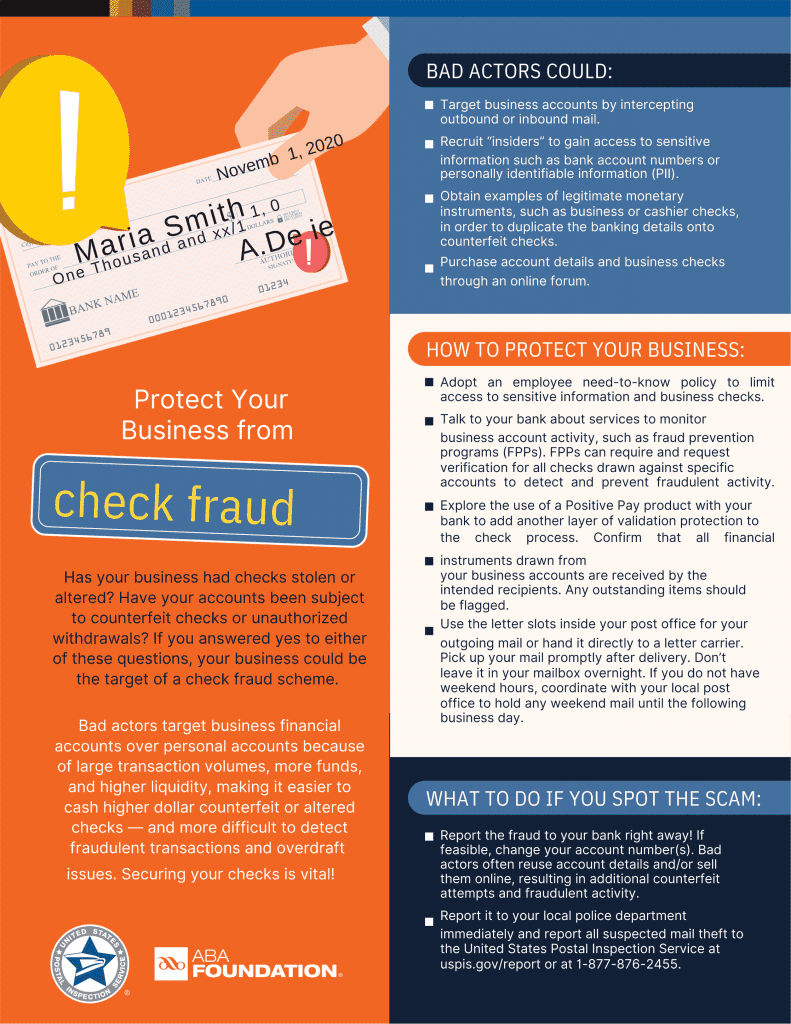
Generally speaking a “deposit account” is a banking product where you can store and access your money, as opposed to, say, keeping it in a shoebox or under a mattress or buried in your yard. Deposit accounts are helpful on a basic level because they are insured by the Federal Deposit Insurance Corporation (FDIC). Which means that if the bank to which you have deposited your money fails, you will be protected up to a certain amount depending on the type and ownership of the deposit account. Please understand that loss of funds due to bank failure is different from cases of fraud. We work every day to prevent scammers from taking your money – which you can read more about here. But financial losses due to personally falling victim to a scam are not insured or otherwise recoverable. For more information, see this FAQ prepared by the FDIC.
OK, so let’s get into the types of deposit accounts.
Checking
Checking accounts are designed for everyday use – purchases, paying bills, and depositing cash and checks. In the modern era, debit cards are linked to checking accounts in order to do electronic transactions, but checks can also still be used to withdraw funds from your account and to issue payment to others.
Most common features of a checking account:
- Ability to withdraw and deposit funds both manually and electronically
- Payment via debit card and paper check
- Online banking access and ability to process transactions including transfers between accounts
Some checking accounts include discretionary Overdraft Protection service, which at the discretion of a bank allows you to make transactions that exceed (overdraw) your balance. This service is subject to certain limits and may include fees.
Some checking accounts have monthly maintenance fees or minimum balances.
Learn more about personal checking with Kennebunk Savings here.
Savings
Savings accounts are designed to set money aside, rather than to use for every day transactions. As such, there are some key differences between Checking and Savings accounts. Checks or debit cards are not typically linked to a Savings Account – money goes in and out through deposit, withdrawal, and transfers only.
Most common features of a savings account:
- Interest earnings: most savings accounts offer interest earnings based on the money deposited and held there. Interest rates may vary—when larger amounts of money are set aside, there is typically a more competitive interest rate to earn interest on your funds.
- Online banking access and ability to process transactions including transfers between accounts
Since savings accounts are often goal-oriented (saving for a new car, for instance) many banks, including Kennebunk Savings, allow for the creation of multiple savings accounts, earmarked for specific purposes.
Some savings accounts have monthly maintenance fees or minimum balances.
Learn more about personal savings accounts with Kennebunk Savings here.
Money Markets
Money market deposit accounts are used by individuals and businesses looking for a higher interest rate than what is offered on traditional savings accounts, while still maintaining some flexibility. There are sometimes additional fees, transaction limitations, and minimum balance requirements associated with specific money market deposit accounts.
Some Money Market deposit accounts offer tiered interest rates – with more interest earnings associated with higher balances.
Learn more about Kennebunk Savings Money Market account rates here.
CDs (Certificates of Deposit)
A Certificate of Deposit is a timed deposit account. They feature a “maturity period” during which the funds must remain in the account. The “maturity period” can range from months to years. CDs offer a higher, fixed interest rate in exchange for this timed hold, which means you can calculate exactly how much you’ll earn over that period of time. Generally, the longer the “maturity period,” the higher the interest rate. Unlike a higher risk investment, such as investing in stocks, there is no risk of losing the principal amount you set aside in the CD. Funds are insured by the FDIC up to a certain limit (more on that later). CDs are a great option for individuals who have a lump sum of money they can set aside without needing access to it. They are a type of investment with a return in the form of earned interest and are safer and less risky than other types of investments.
Learn more about Certificate of Deposits (CDs) here.
IRA accounts (including Roth IRAs)
Disclaimer: For informational purposes only. Please consult with your own Tax Advisor or Accountant before making decisions about IRA accounts.
A traditional IRA and Roth IRA are deposit accounts specifically intended for saving for retirement. The difference between a Roth IRA and a traditional IRA has to do with taxes. When you contribute to a Roth IRA, you typically use “after-tax” dollars to contribute, meaning that when you reach retirement age and withdraw funds, you may not have to pay taxes on them again. Traditional IRAs are typically funded with “pre-tax” dollars from your paycheck. When you reach retirement age, your withdrawals from the IRA could be taxed as income.
At Kennebunk Savings we offer the option to open an IRA as a CD, or as a Money Market deposit account. When an IRA is also a CD, the funds are locked in until maturity so no additional contributions can be made until maturity is reached. When an IRA is also a money market deposit account, contributions can be made at any time, however contributions for any type of IRA are capped at a certain dollar amount annually per the IRS, based on age.
A note on Deposit Insurance
The Federal Deposit Insurance Corporation (FDIC) is an independent agency of the United States government established in 1933 to promote stability and public confidence in the U.S. financial system in the wake of the Great Depression. Today, here’s how the FDIC protects your money.
The FDIC provides “deposit insurance” for money held at banks that are members of the FDIC. If a bank that is a member of the FDIC fails, the FDIC insures deposits up to a certain limit. That limit, in most cases, is $250,000 per depositor. All the listed types of deposit accounts above are FDIC insured at Kennebunk Savings.
Other investments like stocks, bonds, and annuities, are not covered by FDIC deposit insurance.
In the event that a bank fails, depositors generally have prompt access to their insured funds, either through the purchase and assumption of the failed bank by another bank, or through the FDIC issuing checks to depositors.
Get started banking at Kennebunk Savings! Contact us today!


